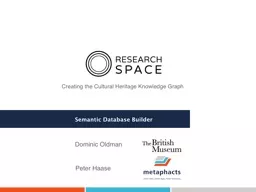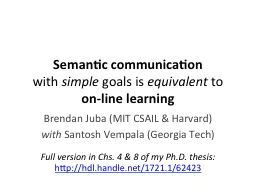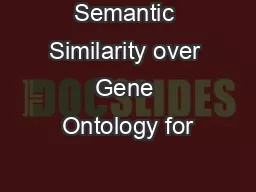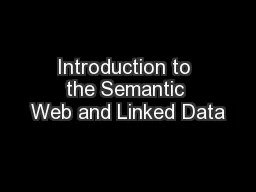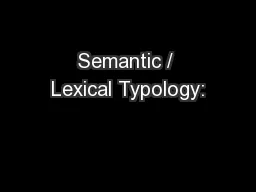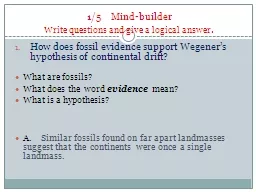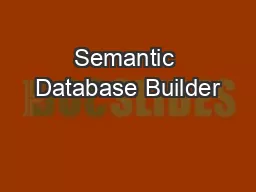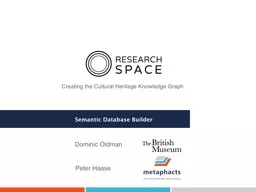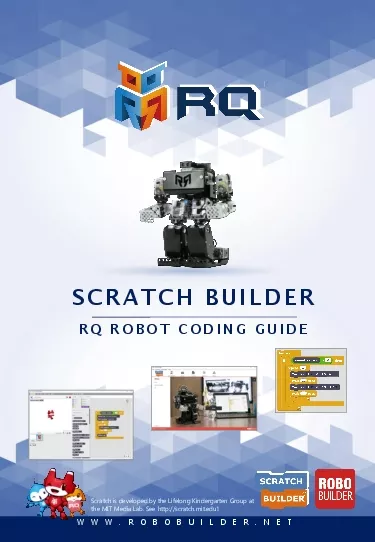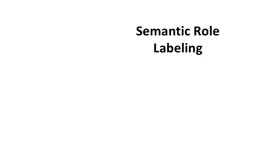PPT-Semantic Database Builder
Author : olivia-moreira | Published Date : 2017-03-20
Dominic Oldman Peter Haase Creating the Cultural Heritage Knowledge Graph ResearchSpace Project Goals and context ResearchSpace Platform m etaphacts Knowledge Graph
Presentation Embed Code
Download Presentation
Download Presentation The PPT/PDF document "Semantic Database Builder" is the property of its rightful owner. Permission is granted to download and print the materials on this website for personal, non-commercial use only, and to display it on your personal computer provided you do not modify the materials and that you retain all copyright notices contained in the materials. By downloading content from our website, you accept the terms of this agreement.
Semantic Database Builder: Transcript
Download Rules Of Document
"Semantic Database Builder"The content belongs to its owner. You may download and print it for personal use, without modification, and keep all copyright notices. By downloading, you agree to these terms.
Related Documents

